Social Media Listening Tools That Everyone Should Be Using
Are you listening?
Are you really listening?
I’ve mentioned it a few times before: treat social media more like a telephone and less like a megaphone. However, some might not know how or where to listen. This is important because you want to know what’s being said about you and where are they saying it. You’ll also want to know how to respond.
Free Social Media Listening Tools
First, let’s talk about some of the free tools available to you. Here are some that I use everyday:
- Google Alerts: Google Alerts is a basic way to discover when a website is posting about you. However, it doesn’t capture everything and it certainly doesn’t cover social media or most blog sites. Still, it’s a good, automated, entry-level way to get some feedback about any kind of search query emailed to you. Sign up at www.google.com/alerts (if you want instant results, mark "as-it-happens" under "how often").
- Hootsuite/TweetDeck: Both Hootsuite and TweetDeck offer some tools to consolidate and manage your social media accounts. You can also add search columns that are scanning Twitter in real time. Not everyone who tweets about you will be using your hashtag or tagging you so this is a convenient way to spot what is being discussed and reply immediately.
- Icerocket: Icerocket specializes in blog searches. Their “big buzz” option also captures activity on Facebook, Twitter, and image sites such as Flickr too. It’s free, easy to use, and does not require registration of an account.
- Social Mention: Social Mention collects aggregated data across multiple platforms. You’ll see results from Facebook, Twitter, YouTube, photobucket, etc. and there are some basic analytics that help you determine if the sentiment is positive or negative, how many different sources are active, etc. It’s also free and doesn’t require registration.
- Topsy: Topsy is similar to Icerocket and Social Mention; the main focus is around social media, especially multimedia and blogs. You don’t have to register, but you do have the option of creating an email alert (it ties into your Twitter or Facebook).
None of the tools are all-inclusive. They catch bits and pieces of what is out there but don’t always get it all. If you run a search every day, it will only takes a few minutes to scan through anything new. Make a habit of searching and listening. In addition to the above, I also run searches on Google, Bing, and Duck Duck Go twice per day.
If you want to conduct a "fresh" search that aren't skewed by your Google history, use the Google Chrome browser and open an incognito window (Shift + CTRL + N) so it doesn't factor your Google profile in results.
What You Should Search For
Aside from the obvious of searching for your own brand name, here’s what I recommend to put in the automated alerts (for Google Alerts, TweetDeck and/or Hootsuite, and Topsy):
- Your brand name: Add a few variations of your brand/organization names, variations on key staff (first name only, last name only, first & last), and any abbreviations of your company name.
- Slogans, key messages, or mottos.
- Alternate spellings or misspellings of your name: If you have a “unique” name, this is even more important because chances are, people will forget how to spell your name and typo’s do occur.
- Key words or items that are relevant to your industry.
You might want to do yourself a favor and learn some Boolean search best practices. Not only will this make your personal searching more effective, it will help your listening systems too. While I don’t recommend doing every variation of the above terms in your daily search activities, you might want to consider doing it for the things you’re concerned about most. For example, if you are running a press campaign about a new initiative, you might search for your organization name + key phrases from your media release on different search engines each day. Whatever you do, do not rely solely on Google or Google Alerts. Google will not catch everything.
When Something Comes Up
Listening tools aren’t just for vanity. When appropriate, it’s good to jump into conversations, post blogs, read articles, and so on. Find ways to interact with people talking about your brand, then engage with them. If someone is posting something negative, don’t be overly sensitive. You can deal with it using some humor or a take it as constructive criticism. Follow up, interact. People appreciate the transparency (and often, people love the fact that you’re paying attention).
For sites that do carry your press release, save things as a pdf to keep an archive for your records.
Make it a Habit
Have you noticed that it’s easier to keep your house clean if you work on it a little each day rather than waiting until it gets really bad and needs an overhaul? It’s the same with social media and any kind of listening tool. Take time each day to check what is being said about you online, just as you would check your email or test messages. In the world of social media, any response that isn’t immediate is too late.
Google and Google Alerts used to be the peak of the search experience. Now, it is just the baseline. You don’t have to go for a full enterprise listening system like Radian6, there are a number of great, free tools available to help you. Begin with the ones listed here and you'll be able to listen as well as stay on top of your brand management.


